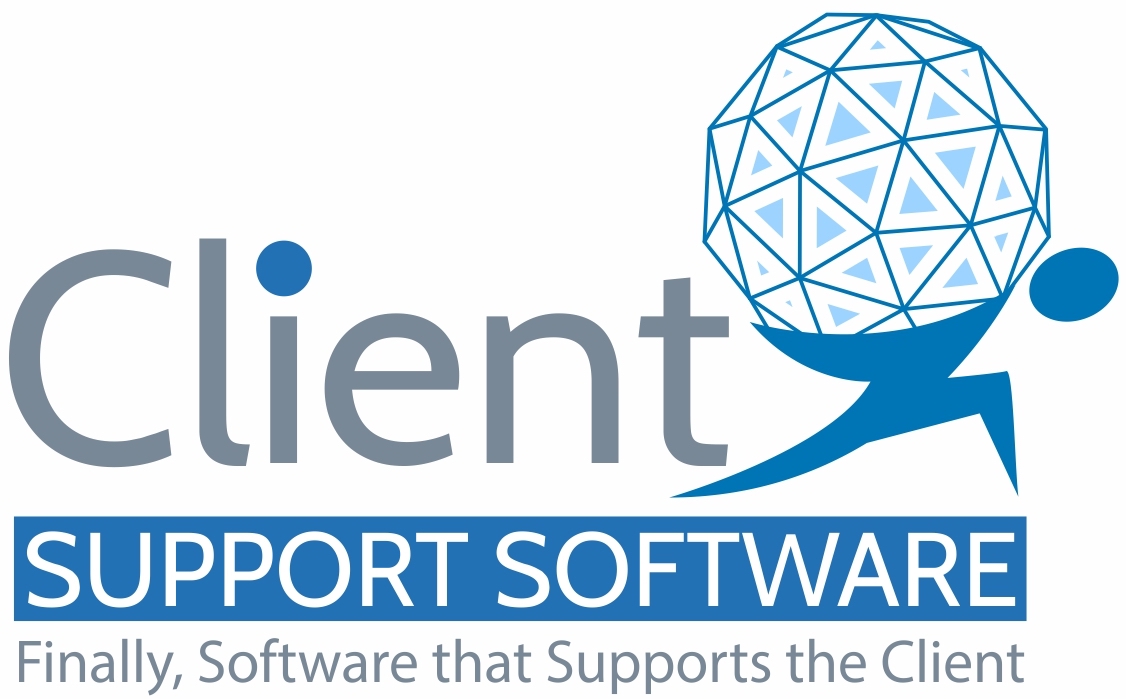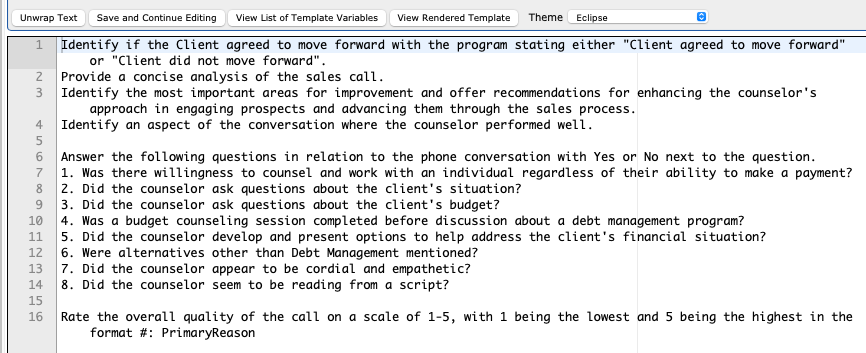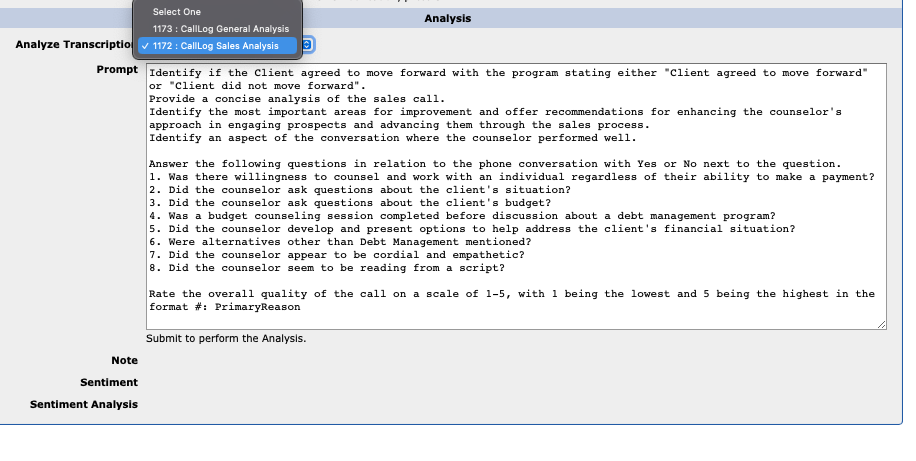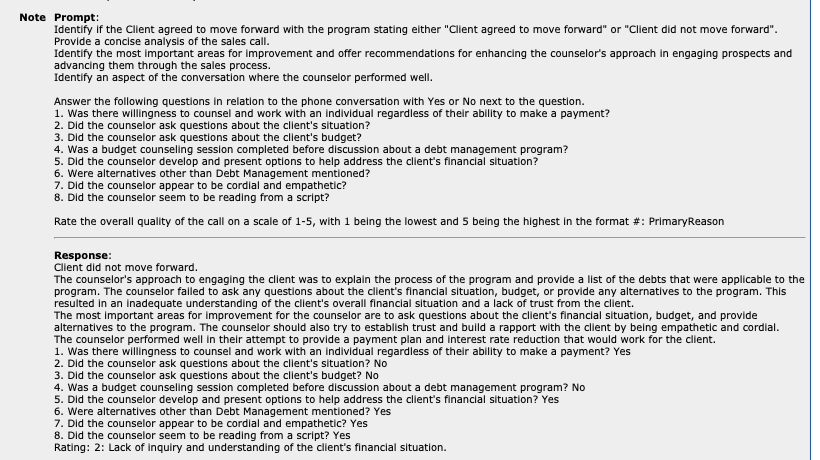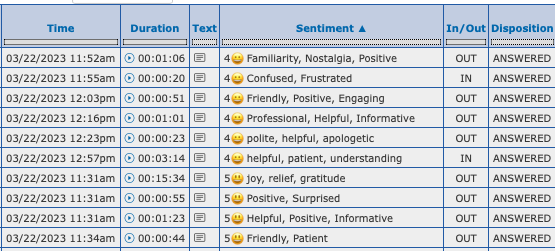New MFA Options, API Integrations, Code Maintenance and More
Welcome to our quarterly System Changelog! This update is packed with new authentication methods, API integrations, UI refinements, security improvements, and various under-the-hood enhancements. Read on for a summary of all the major changes, updates, and fixes introduced over this quarter.
Major Additions
1. Expanded Multi-Factor Authentication (MFA) Methods
We’ve significantly bolstered our security protocols by offering multiple MFA options:
• Passkeys (WebAuthn): Users can now register passkeys for a more secure and user-friendly login experience.
• TOTP Authenticator Support: Popular authenticator apps (e.g., Google Authenticator) are now supported.
• SMS Verification: Receive a short-lived code via text message to verify login.
• Email Verification Codes: For those who prefer it, a code can be sent to your inbox to confirm your identity.
• Deployment to Client Portal: MFA is now available for both internal users and external clients logging into the portal.
2. WMA Stats Merged into CMA
We’ve unified the WMA statistics module with the CMA (Client Management Application) for a more centralized reporting experience. WMA administrators now have direct access to the CMA platform, eliminating the need for separate logins.
3. Peregrin Proposal API (pre-release implementation awaiting testing)
A new Peregrin Proposal API has been introduced for handling comprehensive proposals. This integration allows seamless data exchange between our system and Peregrin’s platform for credit counseling proposals.
5. eFax Corporate API
We’ve migrated from the eFax Developer API to the new eFax Corporate API, offering improved reliability and additional fax tracking. The system also retains logs of successful transmissions for auditing purposes.
6. GitHub Actions for Static Analysis and Linting
To further improve code quality and consistency, we’ve added GitHub Actions pipelines. These workflows run static analysis tools (PHPStan, PHP Mess Detector) and linting (PHP_CodeSniffer, ESLint) on every pull request, ensuring our codebase remains clean and secure.
Updates
Operating System & Software Updates
• FreeBSD 14.2-RELEASE
• PHP 8.3.15 (with additional extensions: php83-bcmath, php83-iconv, php83-session, pecl-imagick)
• Smarty 5.4.2
• Removal of External PEAR Dependencies: We have fully migrated to Composer-based dependencies for a more modern and maintainable environment.
Miscellaneous Front-End & CI/CD Upgrades
• Migrated overlib.js to tabler.min.js for pop-up functionality.
• Upgraded numerous packages to their latest versions, ensuring improved stability and compatibility (eslint, google/auth, google/apiclient, monolog, Twilio SDK, phpoffice/phpspreadsheet, php-mime-mail-parser, etc.).
• Introduced code formatting configurations such as .php-cs-fixer.dist.php.
Selected Notable Changes & Fixes
Below are highlights of the many tweaks and refinements introduced on a near-daily basis:
• Client & Creditor Management:
• Added “No Selected Task” filter in Manager Report to show Clients missing a particular Task.
• Improved logic around NSF fee record creation; avoids $0.00 charges.
• Enhanced “Proposal Print Generation” to allow faxing.
• Extranet & Reporting:
• Introduced Extranet MFA Usage Report.
• Enhanced Extranet ACH parameters to optionally use next payment date.
• Created new “Active” filter in the Creditor Performance Report.
• Document & Form Handling:
• Task descriptions now support inline HTML for more flexible formatting.
• New default status for Disbursements set to “Pending.”
• Upgraded email and form parsing (migrated from PEAR to PHPMailer and php-mime-mail-parser).
• Technical & Performance:
• Completed a broad refactoring of ACH Return logic, Positive Pay file generation, and check-return file processing.
• Improved strict type checking across multiple modules, catching hidden issues early.
• Introduced deeper testing coverage (PHPStan levels 5 & 8).
• Quality of Life Changes:
• Default sorting and better sorting logic in key areas (like Client/Creditors tab).
• New manager and user activity trend metrics for a more accurate view of productivity.
• Numerous UI improvements for clarity, including a friendlier 9902 preview and better linking of call logs.
Each of these changes aims to make the platform faster, more secure, and more intuitive for all users—administrators, counselors, and clients alike.
Looking Ahead
As we continue to refine and expand our services, we remain committed to delivering the best possible platform for client management, budgeting, and financial counseling. Thank you for your feedback and support!
Stay tuned for more updates, and don’t hesitate to reach out if you have any questions or suggestions.
